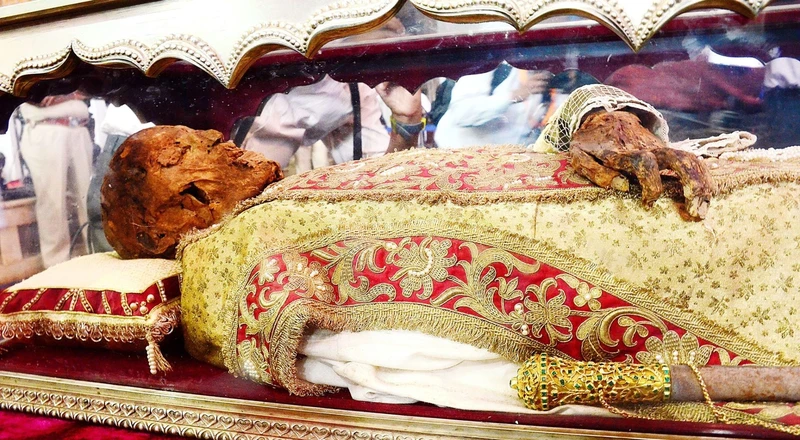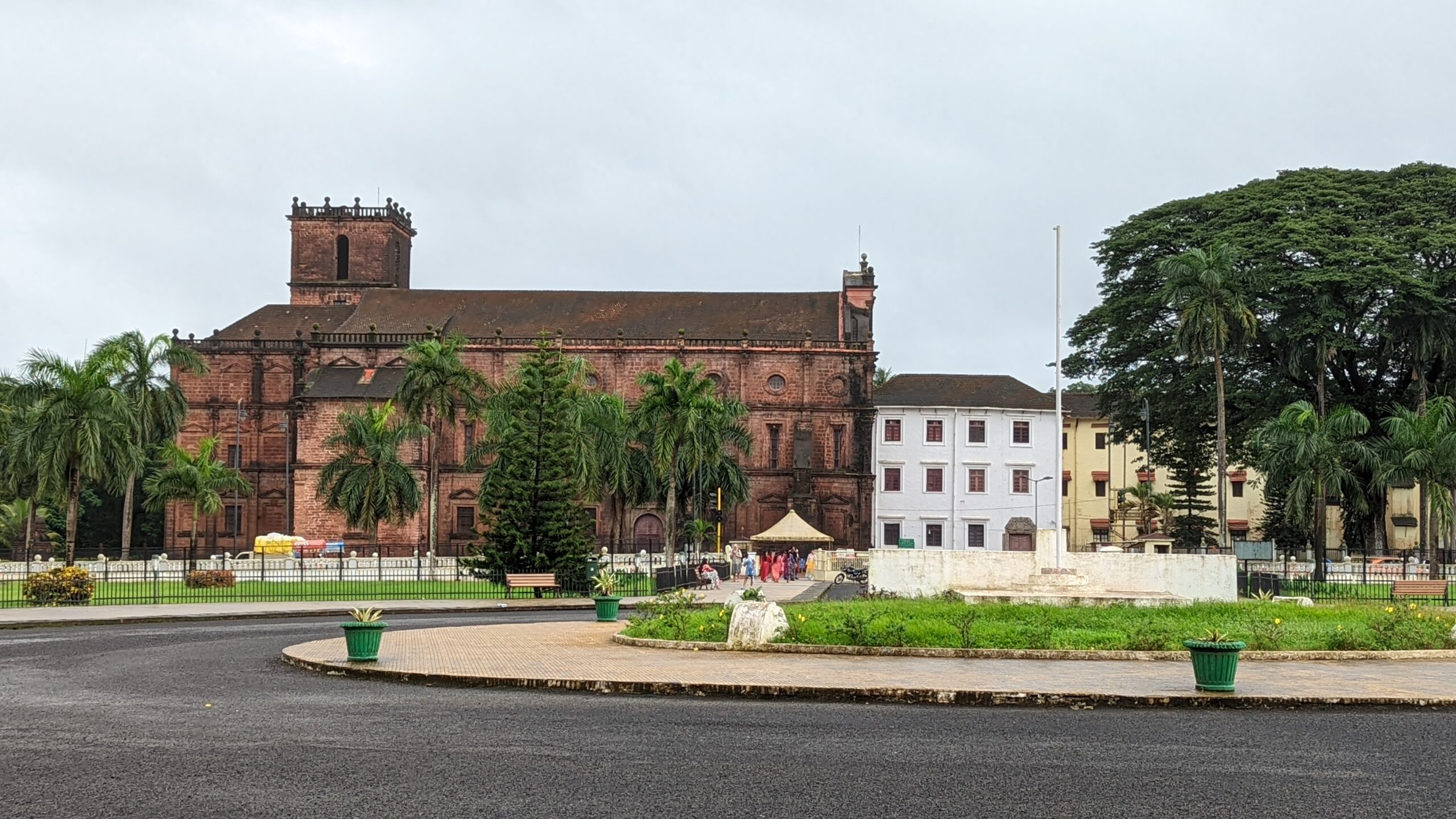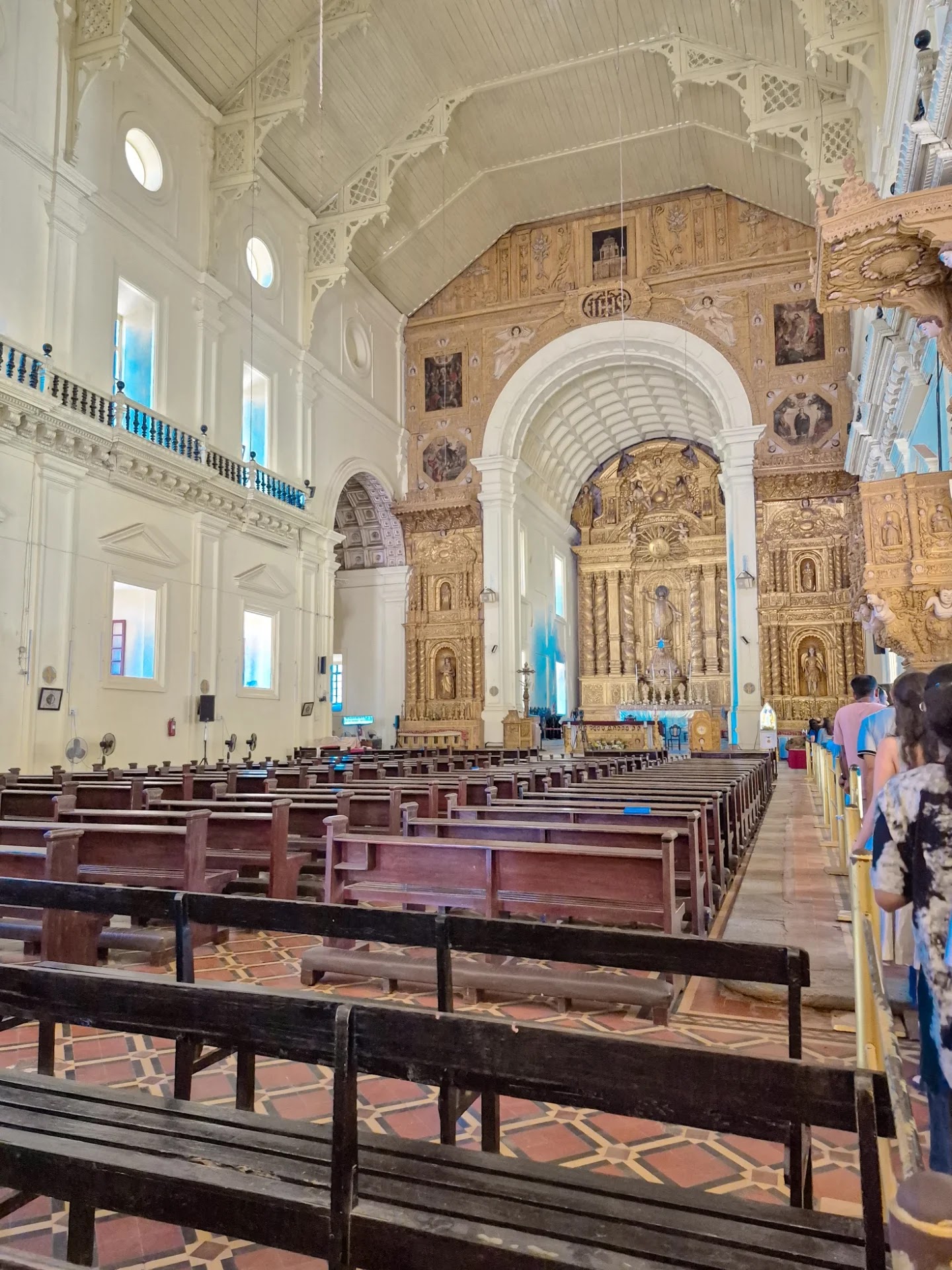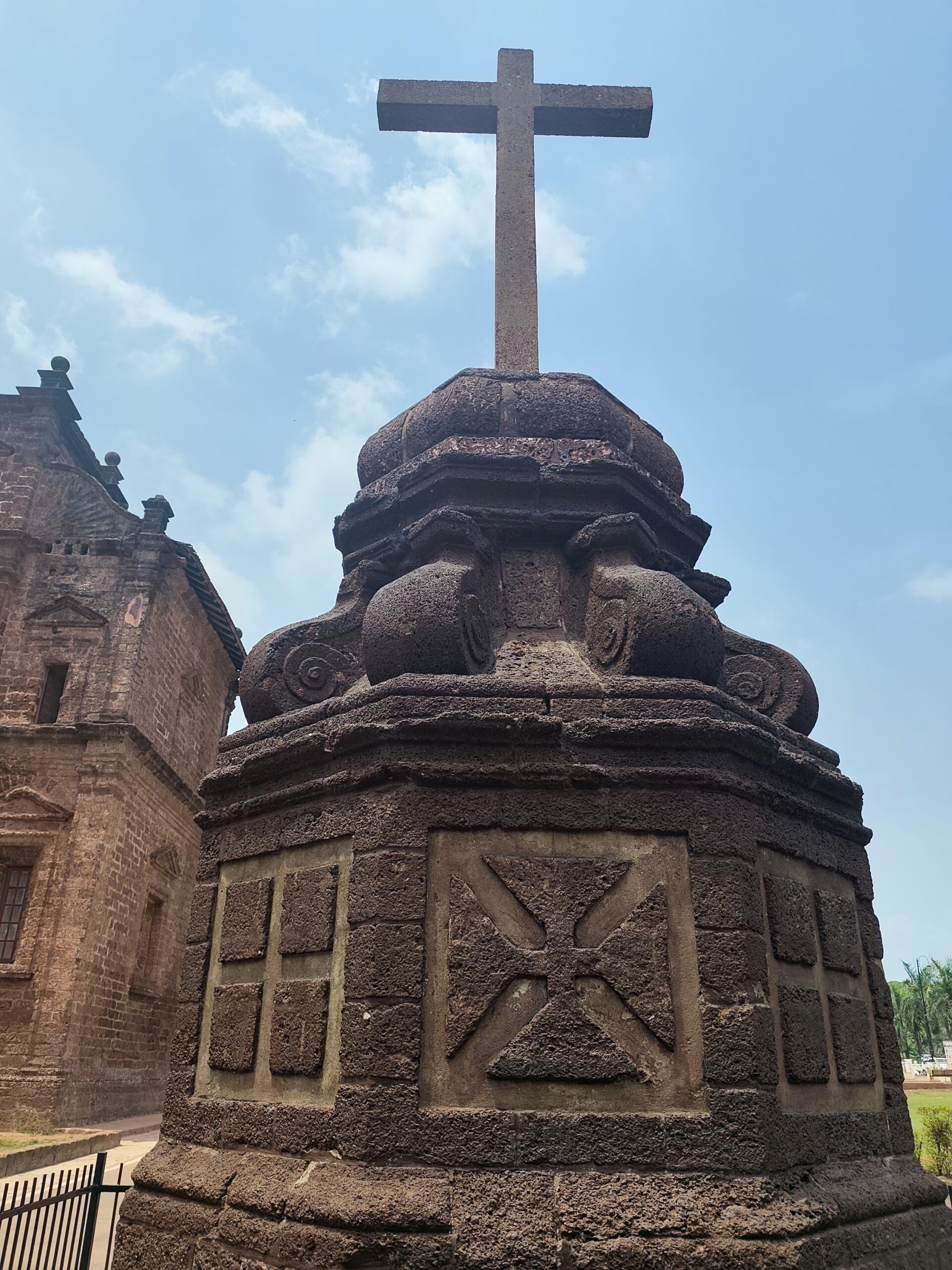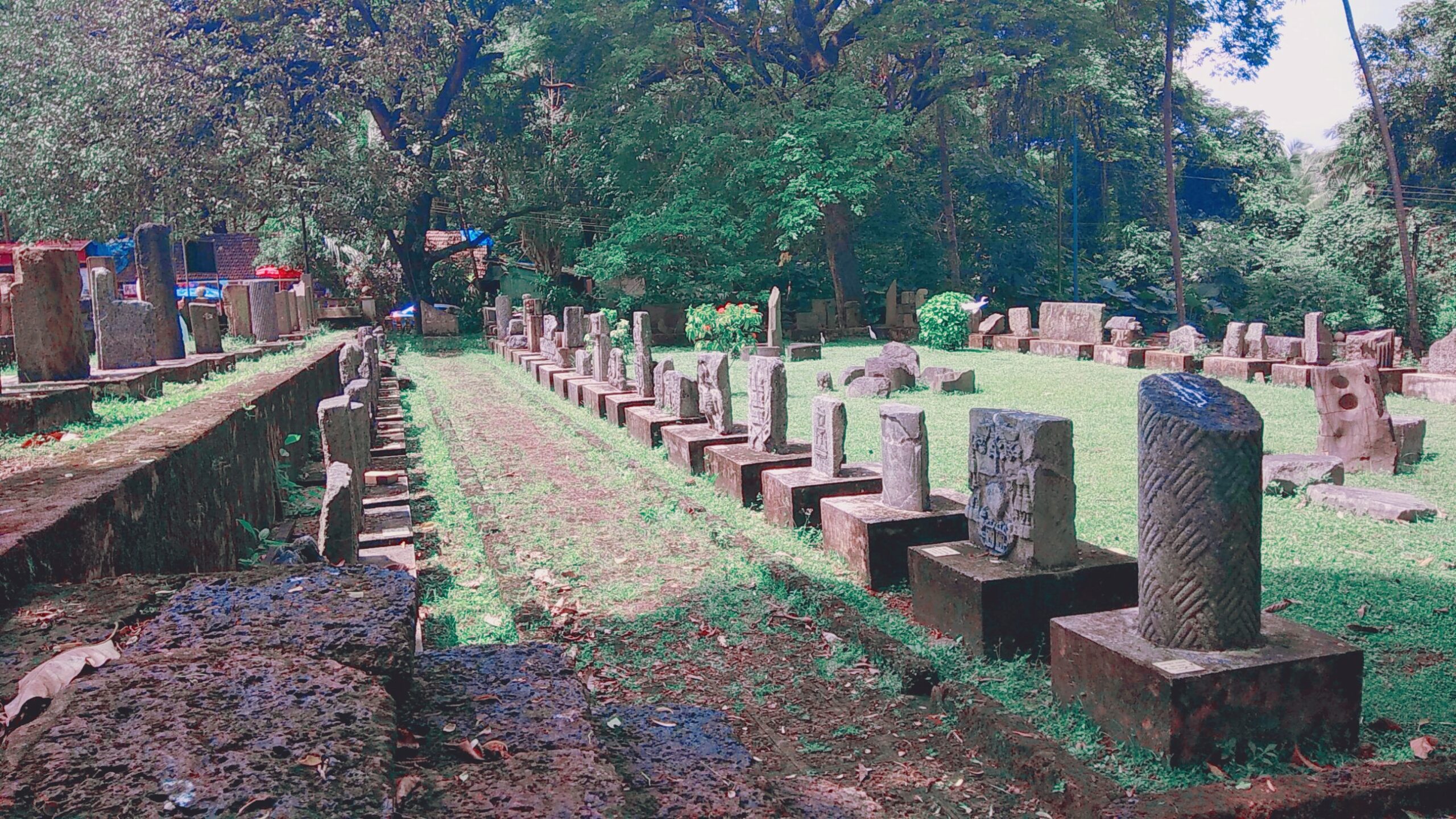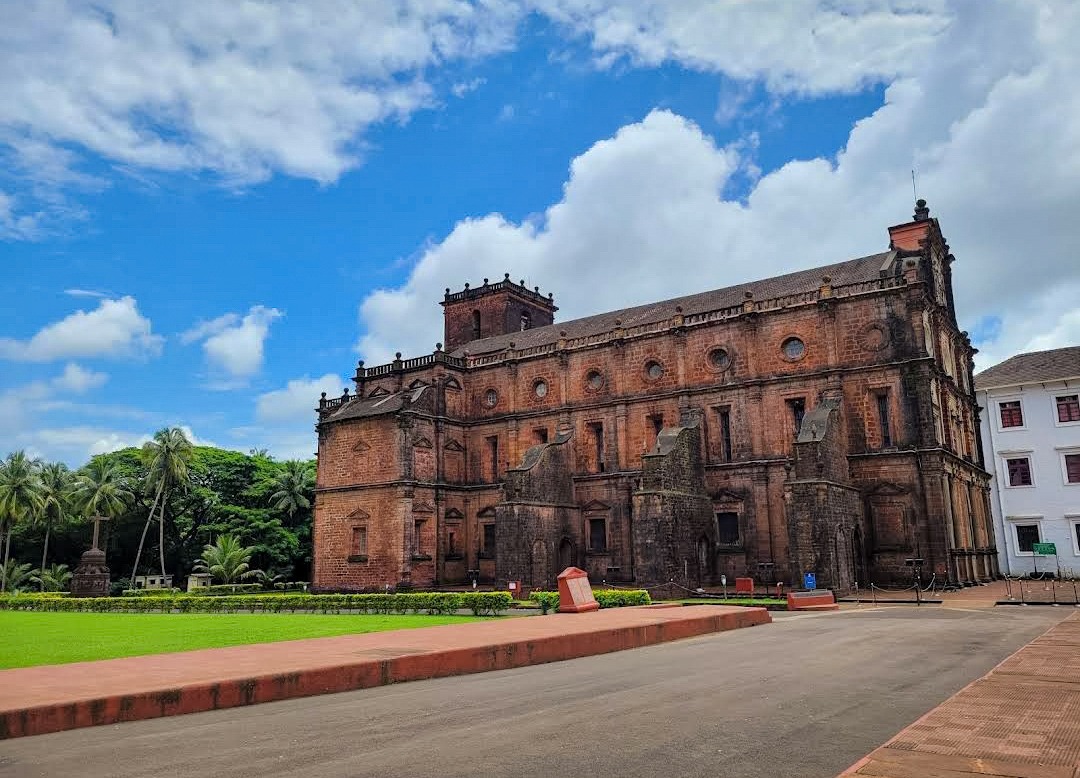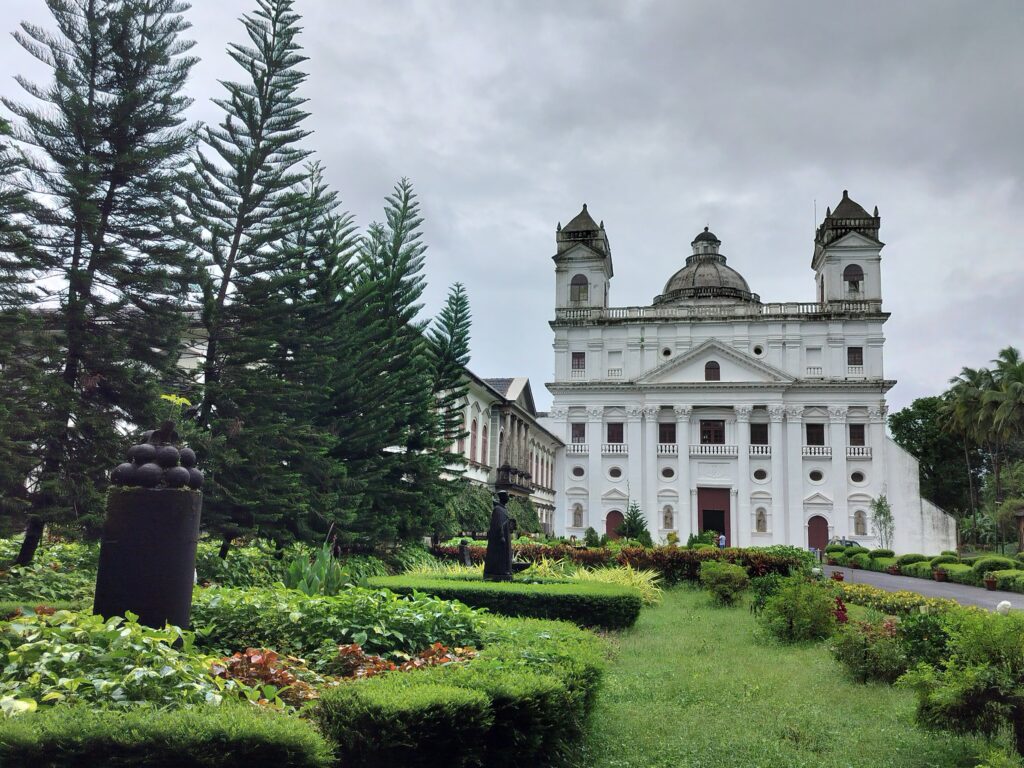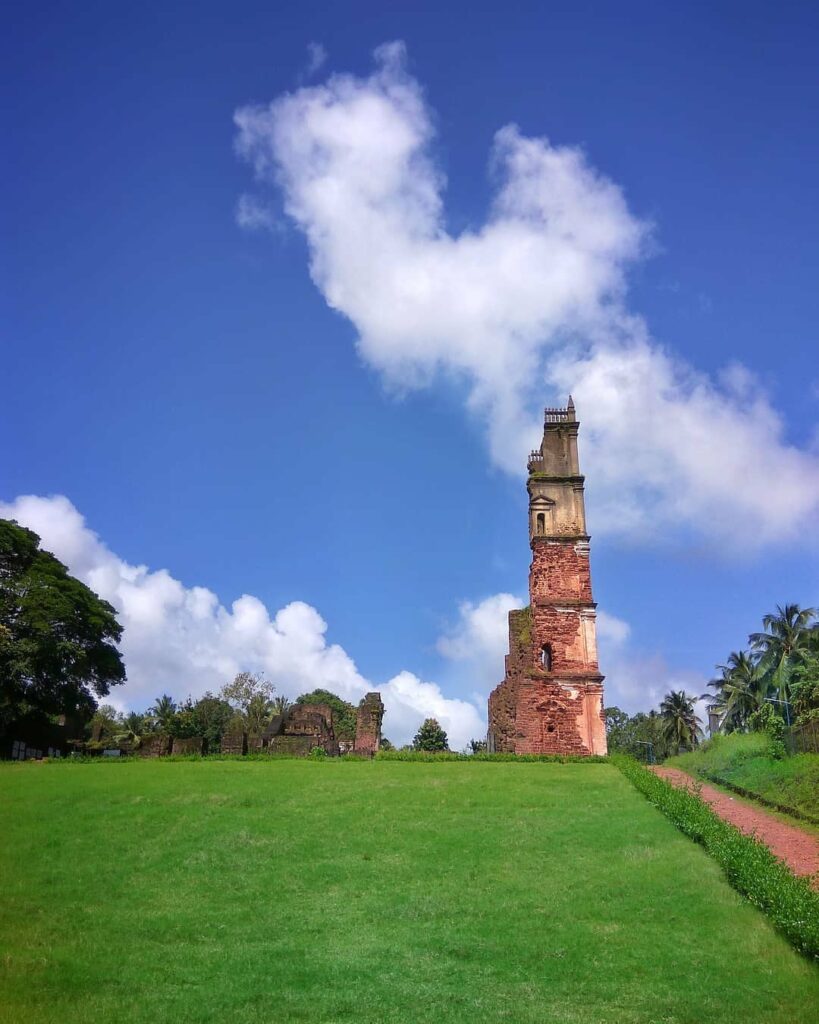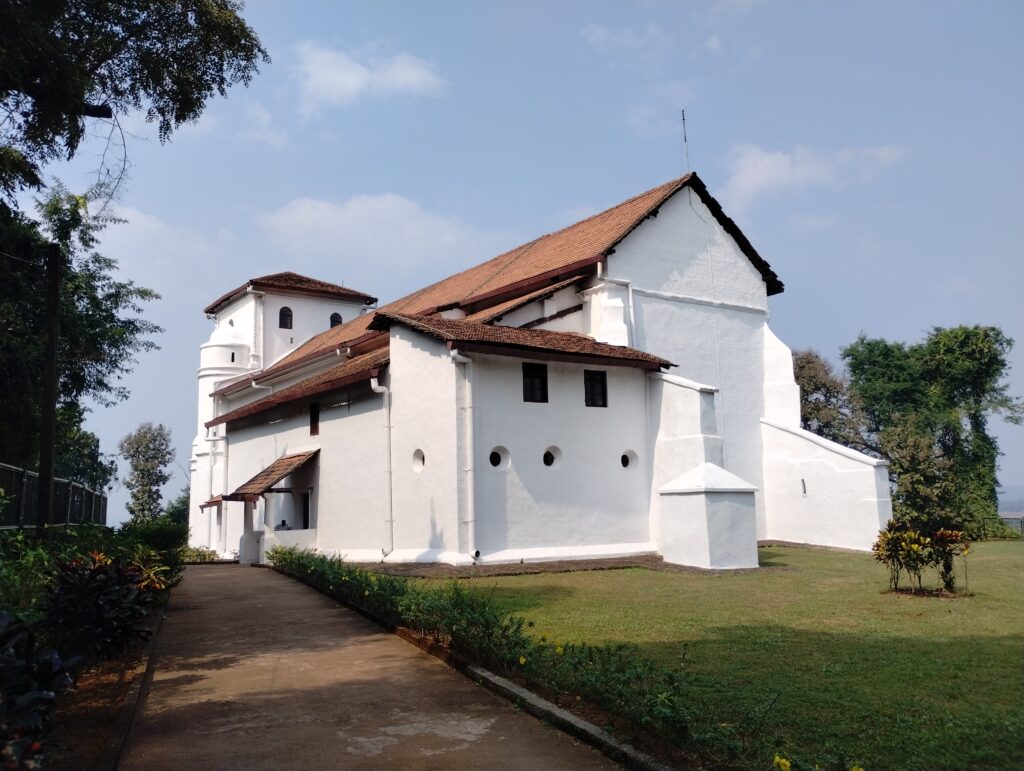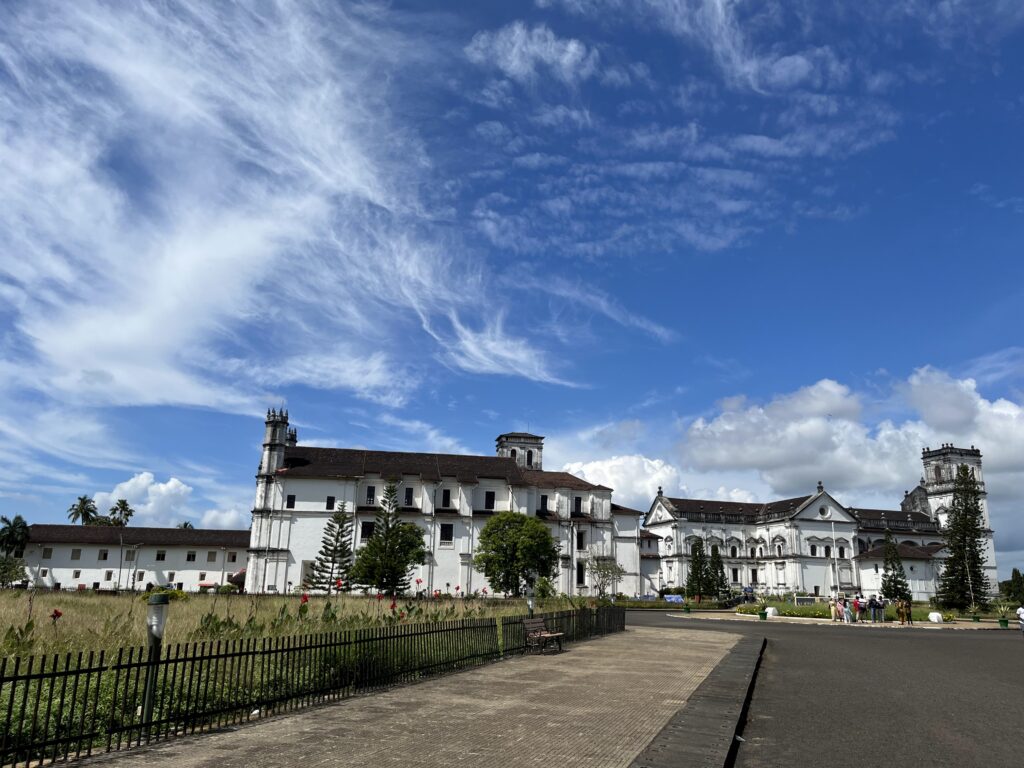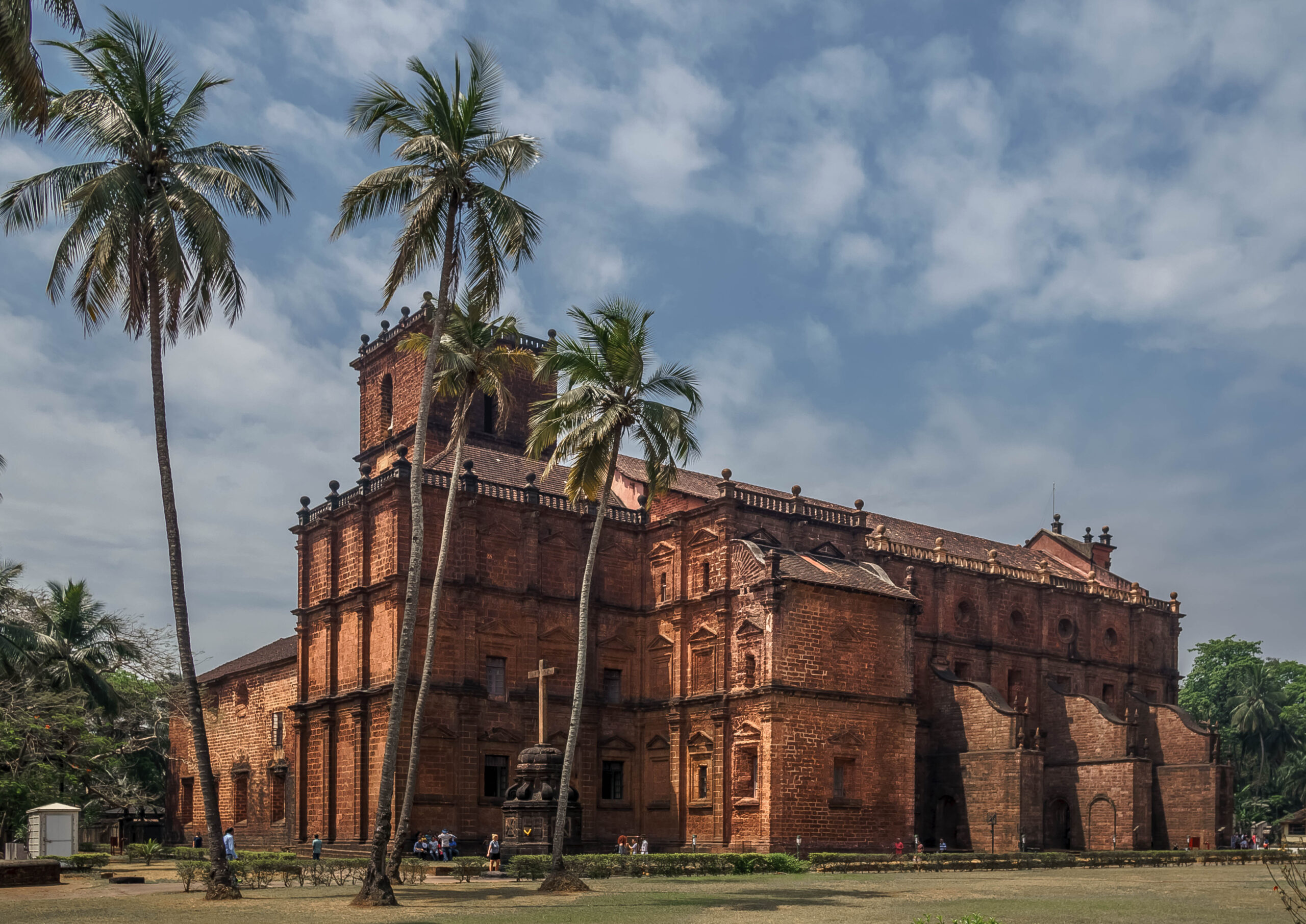
Basilica of Bom Jesus: Goa’s Timeless Baroque Treasure
The Basilica of Bom Jesus (Portuguese: Basílica do Bom Jesus) is one of the most celebrated churches in India and a UNESCO World Heritage Site, renowned for its stunning Baroque architecture and profound spiritual significance. Located in Old Goa—the former capital of Portuguese India—this basilica is a major pilgrimage center and a must-visit for anyone exploring Goa’s rich heritage.
Visiting Hours:
- Weekdays: 9:00 am to 6:30 pm
- Sundays: 10:30 am to 6:30 pm
Entry Fee: Free for all visitors
Dress Code: Modest attire is required. Shoulders and knees should be covered; hats must be removed inside the church.
Mass Timings: - Sunday: 7:00 am (Konkani), 9:15 am (English)
- Mon–Sat: 7:00 am (Konkani)
How to Reach
View Location
The Basilica of Bom Jesus is situated in Old Goa, about 10 km from Panaji. It is easily accessible by taxi, bus, or private vehicle. The basilica is centrally located among Old Goa’s cluster of UNESCO monuments, making it convenient to visit alongside the Se Cathedral, Church of St. Francis of Assisi, and other historic sites.
History and Origins
Construction of the Basilica began on 24 November 1594 and was completed in 1605. The church was consecrated by Archbishop Alexio de Menezes and dedicated to “Bom Jesus,” meaning “Good Jesus” or “Infant Jesus.” The basilica was raised to the status of a minor basilica by Pope Pius XII in 1946. It is famed for housing the mortal remains of St. Francis Xavier, the revered Jesuit missionary and patron saint of Goa, whose relics have attracted pilgrims from around the world since 1624.
Architectural Splendor
The Basilica of Bom Jesus is a masterpiece of Baroque and Portuguese colonial architecture. Its unplastered exterior of red laterite stone stands in striking contrast to the ornate interiors. The façade features a blend of Ionic, Doric, and Corinthian elements, with three elegant entrances and a richly carved central gable. The church is cruciform in plan, measuring 55.7 meters in length, 16.76 meters in breadth, and 18.59 meters in height. Inside, the main altar is dedicated to Infant Jesus, and the gilded reredos features a large statue of St. Ignatius of Loyola protecting the Infant Jesus, with a depiction of the Holy Trinity above.
The basilica’s interiors are adorned with intricate woodwork, gilded altars, and frescoes. The tomb of St. Francis Xavier, located in the right transept, is a major highlight—his miraculously well-preserved body is displayed in a silver casket and is exposed to public view once every ten years, drawing thousands of devotees.
Cultural and Spiritual Significance
The Basilica of Bom Jesus is not only an architectural marvel but also a living center of faith. It is the only church in India to have received the Golden Rose, a papal honor, and remains a focal point for Christian pilgrims, especially during the annual feast of St. Francis Xavier on December 3. The basilica is also recognized as one of the Seven Wonders of Portuguese Origin in the World.
About St. Francis Xavier
St. Francis Xavier (1506–1552) was a Spanish Jesuit priest and missionary, renowned as one of the greatest Christian missionaries since St. Paul. Born in the Kingdom of Navarre (now part of Spain), he became one of the founding members of the Society of Jesus (Jesuits) alongside St. Ignatius of Loyola. Driven by a deep passion for evangelization, he left Europe in 1541 and arrived in Goa in 1542, which was then the capital of Portuguese India.
Xavier’s missionary work in Goa focused on revitalizing the local Christian community, educating both children and adults, and reaching out to marginalized groups. He traveled extensively along India’s southern coast, converting and instructing thousands, and later became the first Christian missionary to reach Japan and other parts of East and Southeast Asia. Known for his humility, adaptability, and respect for local cultures, Xavier learned local languages and customs to better communicate his message.
He died in 1552 on Shangchuan Island, off the coast of China, while attempting to enter the country for missionary work. Canonized in 1622, St. Francis Xavier is venerated as the “Apostle of the Indies” and “Apostle of the Far East.” His incorrupt body, enshrined in the Basilica of Bom Jesus since 1624, continues to draw pilgrims from around the world, and his feast on December 3 is one of Goa’s most important religious events.
Visitor Experience
Visitors can attend mass, explore the basilica’s art and architecture, and view the relics of St. Francis Xavier. Modest attire is required, and photography is generally allowed for personal use, though restrictions may apply during services. The basilica’s serene atmosphere and historical depth offer a profound experience for both spiritual seekers and history enthusiasts.
Nearby Attractions
- Se Cathedral: Asia’s largest church, located just across the square.
- Church of St. Francis of Assisi: Noted for its unique blend of architectural styles and adjoining museum.
- Chapel of St. Catherine: The oldest Christian structure in Goa, within the same heritage complex.
- St. Augustine Tower: The dramatic ruins of another UNESCO monument, a short walk away.
- Archaeological Museum of Goa: Located in the former convent nearby, showcasing the region’s rich history.
Best Time to Visit
The best time to visit is from November to February, when Goa’s weather is pleasant. The feast of St. Francis Xavier in early December is a unique, though crowded, time to experience the basilica’s spiritual energy.
The Basilica of Bom Jesus stands as a timeless symbol of Goa’s spiritual and architectural heritage—a place where history, faith, and artistry converge in one of India’s most extraordinary sacred spaces.


